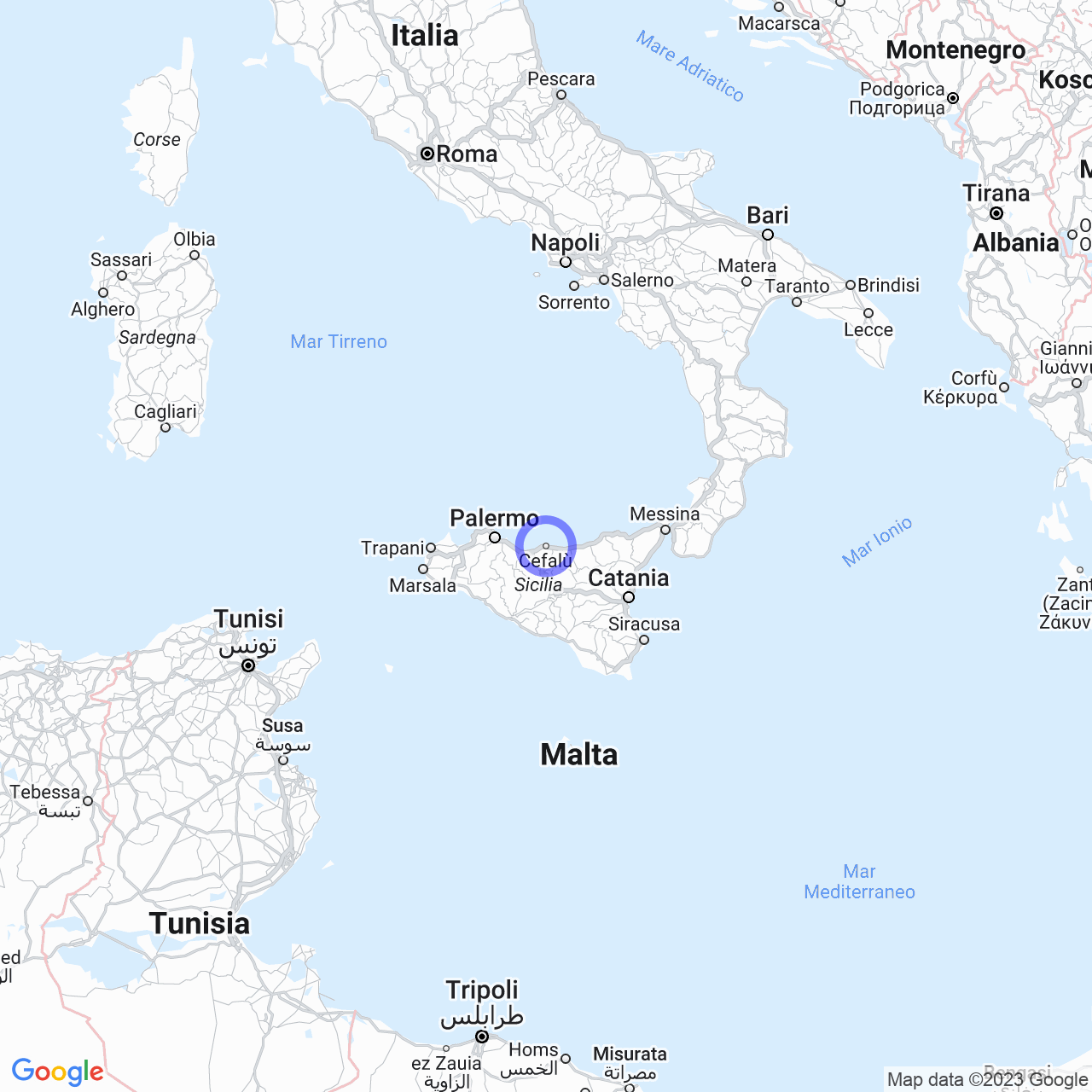Cefalù
The Cathedral of Cefalù: A Masterpiece of Art and History
Cefalù, a town in the metropolitan city of Palermo, is home to the Cathedral of the Transfiguration, also known as the Cathedral of Cefalù, and the Diocese of Cefalù. This architectural marvel is not only a religious icon in the region but also one of humanity's precious treasures.
History of a Masterpiece
Legend has it that Ruggero II of Sicily, who survived a storm and washed up on the town's beaches, decided to build the church to thank the Holy Savior. In reality, it seems that Ruggero II wanted to build a dynastic church in Norman-Carolingian style with twin towers and a front porch, but its realization was complex and took decades to complete. It was only in the Swabian era that the building was completed.

Architecture and Style
The Cathedral of Cefalù was built in 1131 in Romanesque style with Norman-Sicilian and Byzantine traits. The architecture follows the model of the great Benedictine basilicas from the Abbey of Cluny, with a Norman-Northern European Romanesque style. The cathedral's facade is framed by two mighty towers, typical of Norman churches in Normandy, lightened by elegant bifora and monofora, and topped with pyramid-shaped spires added in the fifteenth century, each different from the other.
Architectural Details
The cathedral's square is a large terrace that once served as a cemetery. The fifteenth-century porch precedes the facade and consists of three arches, two with a lowered arch and one with a full arch, supported by four columns with a cross vault. Under the porch is the famous "Porta Regum" with a finely decorated marble portal and paintings on the sides.
The apse, particularly the central one, was supposed to have an even greater boost originally. The two lateral ones are decorated at the top with crossed arches and sculpted corbels, depicting zoo-anthropomorphic faces. These corbels date back to the twelfth century and are also found in the Caen Chess Room. The corbels of the central apse are more recent, arranged randomly both above and below the cornice.
Icon of Italian History
The Cathedral of Cefalù was declared a national monument in Italy in 1941 and has been part of the UNESCO World Heritage Site "Arab-Norman Palermo and the Cathedral Churches of Cefalù and Monreale" since 2015. This declaration attests to the historical, architectural, and cultural importance of this Italian masterpiece.
Conclusion
The beauty and historical significance of the Cathedral of Cefalù make it an unmissable tourist destination for lovers of art and history. Its architectural mastery and exceptional construction techniques have made it a reference point for travelers throughout Europe. Its imposing facade, twin towers, elegant bifora and monofora, and pyramid-shaped spires make this cathedral a unique example of art and engineering. Come and discover this wonderful hidden treasure of Southern Italy!
